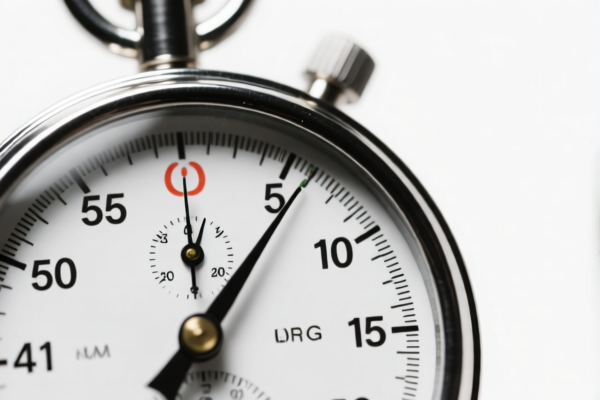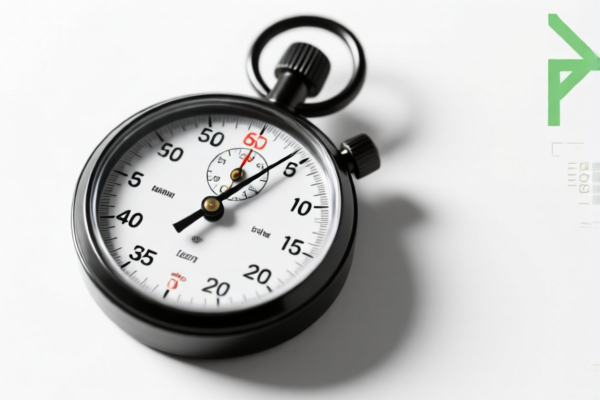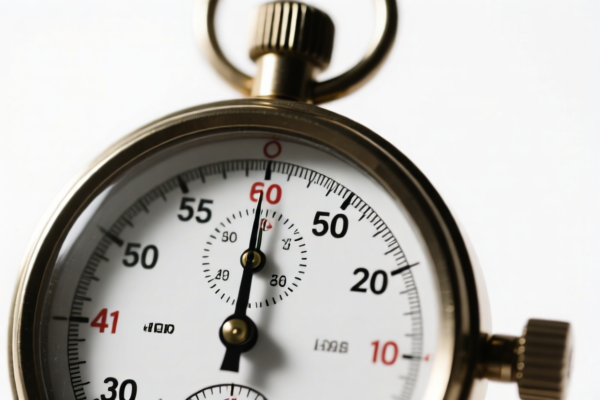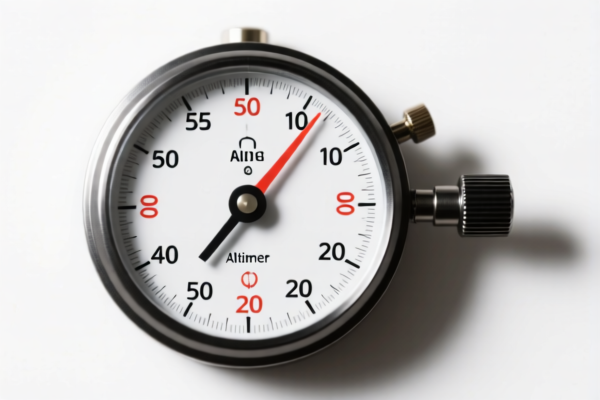| HS Code | Official Doc | Tariff Rate | Origin | Destination | Effective Date |
|---|---|---|---|---|---|
| 9018199550 | Doc | 55.0% | CN | US | 2025-05-12 |
| 9018902000 | Doc | 55.0% | CN | US | 2025-05-12 |
| 8543708000 | Doc | 55.0% | CN | US | 2025-05-12 |
| 8543906800 | Doc | 55.0% | CN | US | 2025-05-12 |
| 8518104000 | Doc | 55.0% | CN | US | 2025-05-12 |
| 8518108040 | Doc | 37.5% | CN | US | 2025-05-12 |




Audiometer
An audiometer is an instrument used to determine the range and degree of hearing loss. It does this by presenting tones and speech at various frequencies and intensities to a patient, who indicates when they can hear them.
Material
Audiometers are typically housed in a metal casing, often steel, for durability and shielding against external noise. Internal components include:
- Signal Generator: Creates the audio tones and speech signals. This utilizes electronic circuitry and digital-to-analog converters.
- Amplifier: Increases the intensity of the audio signals.
- Transducers: These convert electrical signals into audible sound. Common types include:
- Headphones: Supra-aural (on-ear) and circumaural (over-ear) headphones are used for air conduction testing.
- Bone Conduction Vibrator: A vibrator placed on the mastoid bone behind the ear to assess bone conduction.
- Insert Earphones: Small earphones placed directly into the ear canal for more precise testing.
- Control Panel: Buttons, knobs, and a display for controlling the test parameters and recording results. Modern audiometers often feature computer interfaces and software for data management.
- Calibration Components: Internal reference tones and circuitry to ensure accurate sound level delivery.
Purpose
The primary purpose of an audiometer is to:
- Diagnose hearing loss: Determine the presence, type, and severity of hearing loss.
- Monitor hearing: Track changes in hearing sensitivity over time.
- Prescribe and fit hearing aids: Provide data necessary for selecting and fitting appropriate hearing aids.
- Assess noise-induced hearing loss: Evaluate the impact of noise exposure on hearing.
- Conduct research: Used in audiological research studies.
Function
An audiometer functions by:
- Tone Presentation: The audiometer generates tones at specific frequencies (typically 250 Hz, 500 Hz, 1000 Hz, 2000 Hz, 4000 Hz, and 8000 Hz) and intensities (measured in decibels, dB HL).
- Threshold Determination: The patient indicates when they can just barely hear each tone. This is known as the threshold – the lowest intensity at which the tone is detected.
- Air and Bone Conduction: Testing is performed using both air conduction (sound delivered through headphones) and bone conduction (sound delivered through the bone).
- Speech Audiometry: The audiometer presents speech stimuli at varying intensities to assess speech recognition ability.
- Data Recording: The results are plotted on an audiogram, a graph that shows hearing thresholds at each frequency.
Usage Scenarios
- Audiology Clinics: The most common setting for audiometer use, conducted by audiologists.
- Hospitals: Used in ENT (Ear, Nose, and Throat) departments.
- Schools: Screening for hearing loss in students.
- Industrial Settings: Monitoring hearing of workers exposed to noise.
- Mobile Hearing Clinics: Providing hearing testing in remote areas.
Common Types
- Standalone Audiometers: Traditional, self-contained units.
- Computer-Based Audiometers: Integrated with computer software for data management and advanced testing features.
- Portable Audiometers: Smaller, lightweight units for use in mobile settings.
- Impedance Audiometers: Measure the function of the middle ear (tympanometry, acoustic reflexes). Often combined with pure-tone audiometry in a single unit.
- Diagnostic Audiometers: Offer a wide range of testing capabilities, including pure-tone, speech, and specialized tests.
- Screening Audiometers: Simpler units used for quick hearing screenings.
Audiometers are instruments used in medical, surgical, dental or veterinary sciences for functional exploratory examination or checking physiological parameters. They are specifically used for testing hearing.
The following HS codes are relevant:
-
9018199550: This code falls under Chapter 90, which covers Instruments and appliances used in medical, surgical, dental or veterinary sciences. Specifically, it covers electro-diagnostic apparatus (including apparatus for functional exploratory examination or for checking physiological parameters). The subheading 1995 covers “Other” apparatus within this category. This code has a base tariff of 0.0%, an additional tariff of 25.0%, and a tariff of 30% after April 2, 2025, resulting in a total tariff of 55.0%.
-
9018902000: This code also falls under Chapter 90, covering Instruments and appliances used in medical, surgical, dental or veterinary sciences. It specifically covers other instruments and appliances and parts thereof, with the subheading 9020 covering optical instruments and appliances and parts thereof. This code has a base tariff of 0.0%, an additional tariff of 25.0%, and a tariff of 30% after April 2, 2025, resulting in a total tariff of 55.0%.
Customer Reviews
No reviews yet.